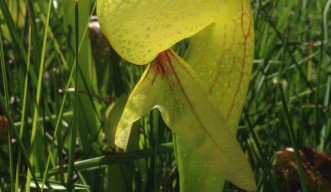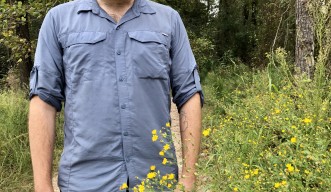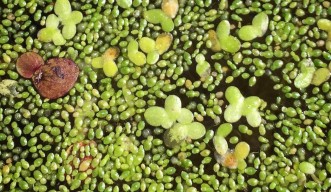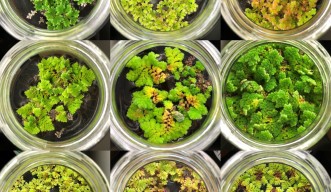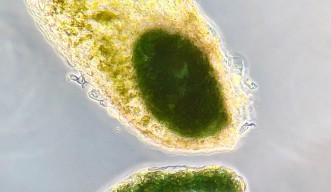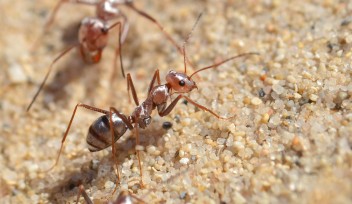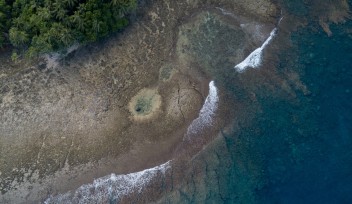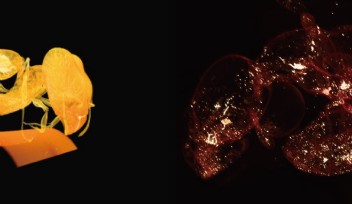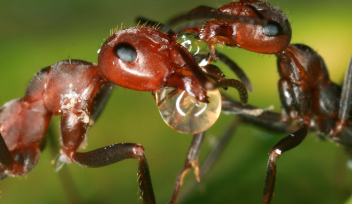Plants and bacteria: Investigating symbiotic relationships in the wild
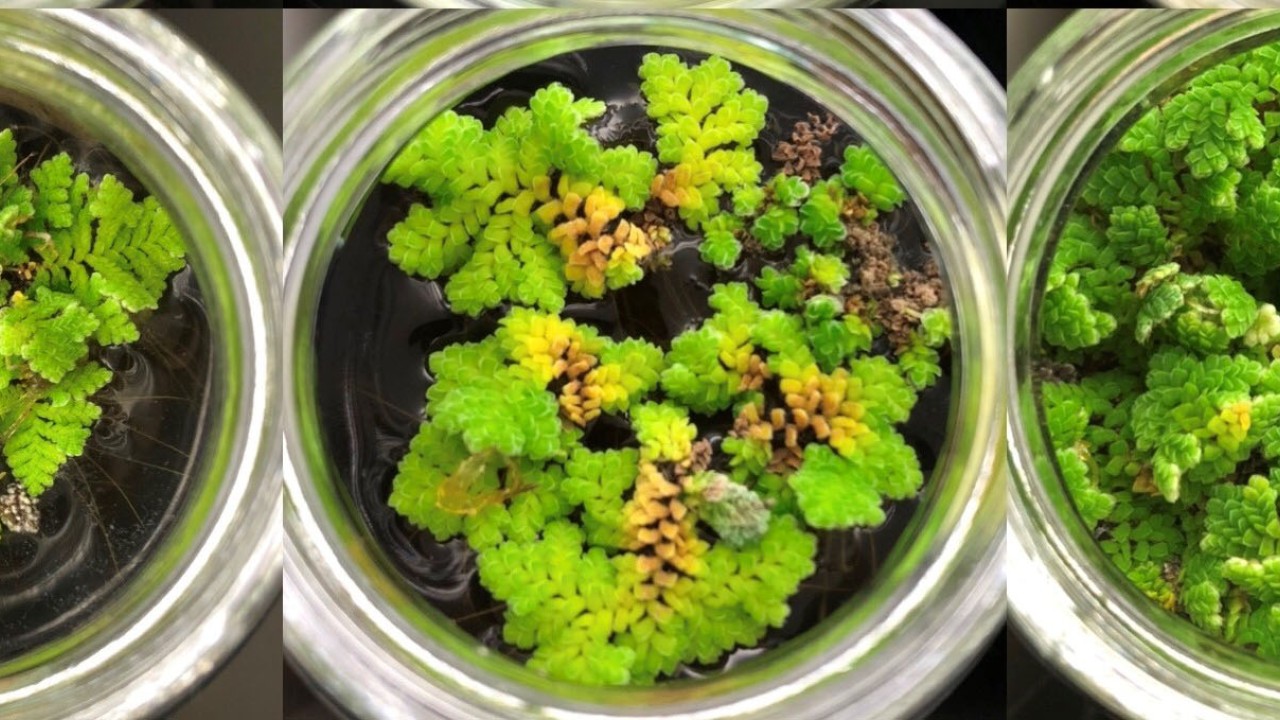
Say the words ‘carnivorous plants’ and images of monstrous, human-consuming vegetation spring to mind. In reality, carnivorous plants tend to be much smaller than their horror-movie equivalents and yet, for ecologist Prof. David Armitage, they’re just as interesting. Instead of being eaten by bugs, they turn the table – deriving some of their nutrients from the insects and other animals captured by their modified leaves. Like humans, they also form symbiotic relationships with thousands of species of bacteria to aid in food digestion. Prof. Armitage uses relationships like these to unravel secrets about our natural world.
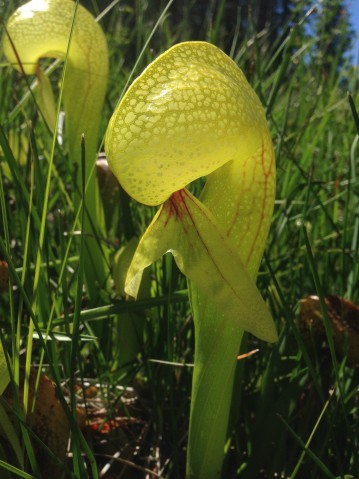
“I’ve always had a thing for critters. When I was younger, I went through phases with different organisms – birds, mammals, reptiles,” said Prof. Armitage. “I now focus on carnivorous and aquatic plants, and their symbiotic microbial communities. These communities can be studied intensely to uncover the rules governing the natural world. You can’t do that with larger ecosystems – there’re too many factors at play, and it’s impossible to replicate them.”
Prof. Armitage has a PhD from the University of California Berkeley and currently works as a Faculty Fellow at Rice University in Texas. He joined the Okinawa Institute of Science and Technology Graduate University (OIST) as a Transitional Assistant Professor in December 2020 and leads the Integrative Community Ecology Unit.
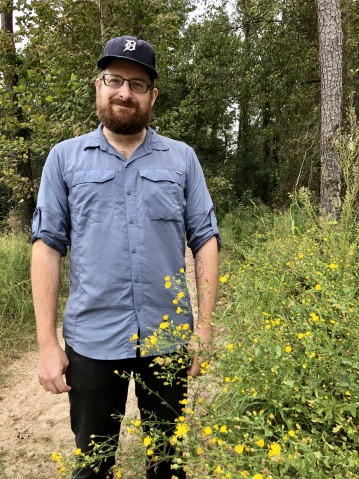
“What drew me to apply was the research freedom. At other universities, a lot of time is spent writing grant applications. But the generous funding stream at OIST will mean more time doing the research, alongside my group members, which is what drew me to a career in science in the first place.”
As an ecologist, working in the Asia-Pacific region will allow Prof. Armitage access to a natural laboratory and an abundance of unique organisms. Not only, he explained, is there an incredible amount of biodiversity in the region but it’s also one of the places that is under constant threat from rising sea levels and deforestation. “I’m hopeful my research can directly support conservation projects in the Ryukyu Islands,” he said.
A fluctuating environment allows species to coexist
Decades of ecological theory and experiments show that if two species compete then, in an unchanging environment, one species should eventually drive the other to extinction. But if the environment changes — either seasonally, or from a chance event like a typhoon — it might tip the balance, allowing some years to be beneficial to one species and other years, to the other.
“We’ve looked at how to test this theory with species that we presume coexist out in nature,” said Prof. Armitage. “I mainly use duckweeds, which are the world’s smallest flowering plants. They show interesting patterns – if you grow two species in a static environment, you’ll see one species drive the other to extinction. We’ve found that one species does better in higher temperatures and the other in lower temperatures so it’s important for biodiversity that the environment fluctuates. But outside of the theory, we have little information on how different types of phenomena that fluctuate — such as precipitation, predation, and nutrients —interact to facilitate or prevent coexistence.”
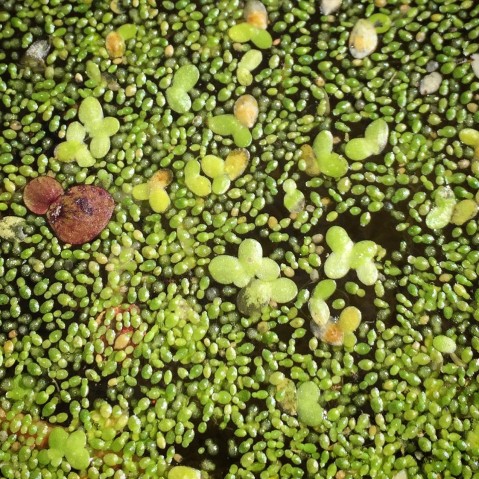
Traditionally, researchers have used statistical models to predict a species’ location. They find species living in the wild and determine whether their distribution follows a certain pattern. But Prof. Armitage’s group found that process-based mathematical models work as well. The species can be grown and observed in common garden experiments and their estimated distribution can be projected onto a map. This gives researchers a good indication of where they’re found, and which factors might limit their distributions.
For years, researchers thought that a species’ range margins in polar regions were limited by abiotic factors, such as temperature, whilst its range margins in tropical regions were limited by biotic factors, such as competition and predation. But this research showed that competition can also be a limitation for the polar edge of a species’ range.
“It isn’t that surprising,” said Prof. Armitage. “If a species lives somewhere where it already has a low growth rate, like at the edge of its environmental tolerance zone, but then you impose competition, it’s going to make survival even more difficult and shrink its range further.”
Partners-in-crime: The case of the aquatic fern and its cyanobacteria sidekick
Prof. Armitage is also researching an aquatic fern called Azolla – a tiny plant, found all over the world, that lives on the surface of water. The fern has a symbiotic relationship with cyanobacteria that are located inside hollow pockets within the fern’s leaves and supply the plant with nitrogen from the atmosphere.
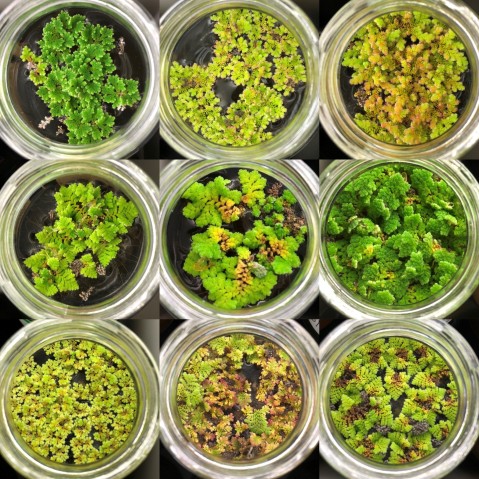
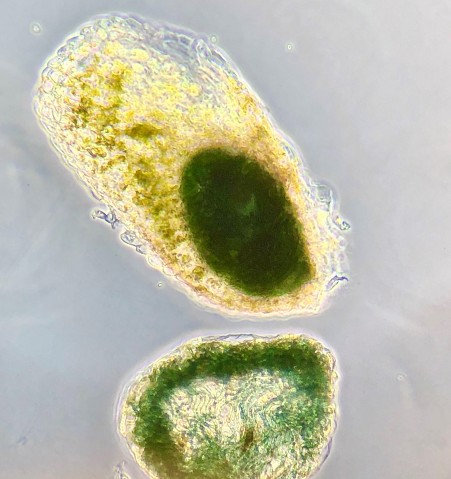
“Unlike all other known nitrogen-fixing symbioses, these are the only ones that are passed directly from parent to offspring,” said Prof. Armitage. “It’s a complicated inheritance mechanism and allows for the bacteria, which have lost their ability to survive outside of the host, to persist within the fern.”
The fossil record shows that this relationship has existed for at least 50 million years, so the bacteria and the ferns have evolved together. Prof. Armitage plans on sequencing the genomes of these microbes in the seven species of Azolla. He’ll first look at what mutations occurred to allow for this symbiosis, which he’ll be able to retrace back through the fossil record.
A more long-term goal will involve partner-swapping experiments. He’ll take the microbes out of one species and put them in a distantly-related species to determine whether the ferns can still grow effectively and break down nitrogen. This research will help to clarify the ecological consequences of co-speciation. Prof. Armitage hopes that it will aid with the development of beneficial plant-microbe relationships in agriculture to replace inorganic fertilizer and other environmentally-damaging practices.
“I’m somewhat of a generalist when it comes to the questions I ask,” said Prof. Armitage. “I love learning the natural history details of the different organisms that I study. For that reason, I’m very excited to be based in Okinawa from April. Working within an island nation presents the opportunity to scale up my studies of carnivorous plant microcosms.”
Prof. Armitage explained how, scattered across Japan, thousands of small islands represent replicated natural laboratories on which ecosystems develop according to the latitude, size, age, degree of isolation, and history of human activity. Once in Okinawa, he’s eager to investigate how these different factors influence the interactions species engage in, and how they might direct processes such as nutrient cycling, carbon fixation, and evolutionary change in predictable ways.
Specialties
Research Unit
For press enquiries:
Press Inquiry Form










